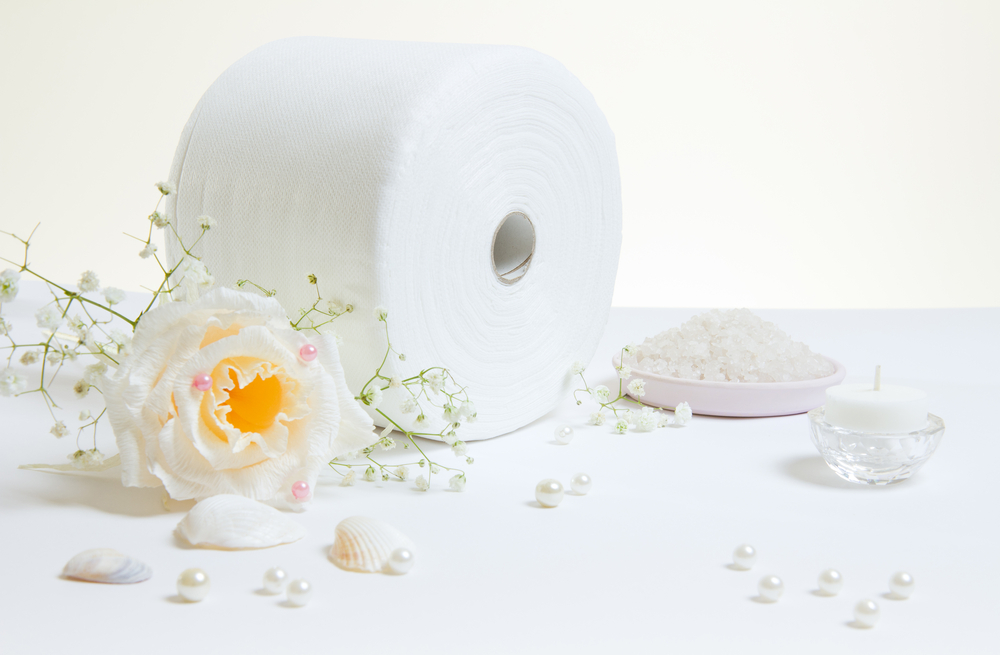Zero Waste Blog
Top 4 Zero Waste Alternatives To Toilet Paper
Table of Contents
What Is Toilet Paper Made Of?
Companies use different ingredients to make tissue products, but the typical main ingredient is paper pulp. It can come from a variety of sources, like post-consumer and pre-consumer recycled content or wheat straw and bamboo. However, the most common source of paper pulp by far is wood, AKA virgin fiber, because it has never been used in another product.
The process of cleaning and preparing pulp requires water, which is essentially wasted and harms the environment as well. In fact, 140 litres of water is needed to manufacture a single roll of toilet paper. Even worse, chlorine is used to bleach the pulp and turn it white, while other chemicals are used to soften the pulp in order to produce soft toilet paper.
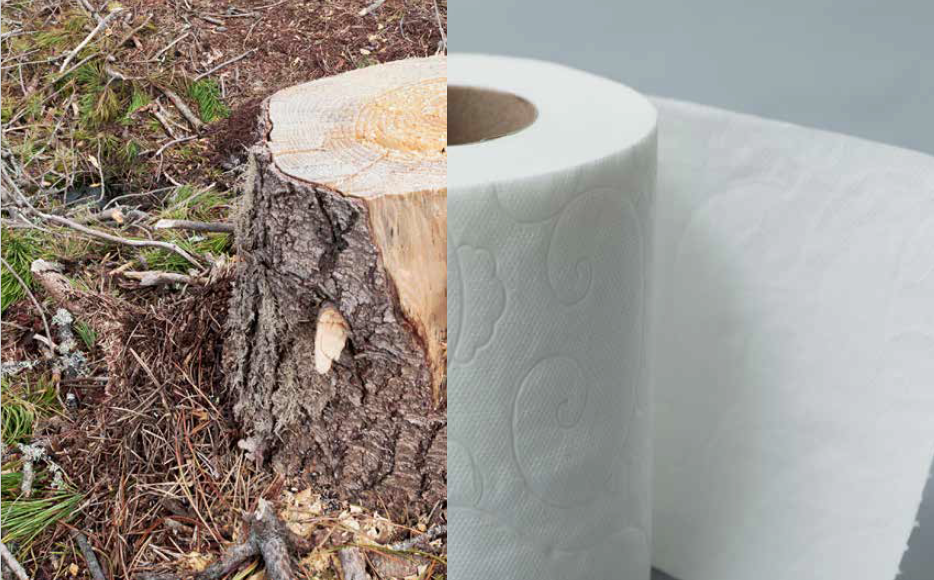
Without getting too scientific, making pulp from virgin fiber requires a mill that makes logs into wood chips, plus an energy-intensive chemical process to separate the wood fibers. To whiten the pulp, it also has to go through a chemical bleaching process.
Making toilet paper from 100 percent virgin fiber “generates three times as much carbon as products made from other types of pulp,” according to the NRDC and Stand.earth report. Manufacturing a single roll of toilet paper also uses 37 gallons of water, and transporting the paper can waste loads of gas.
Why It Is Bad For Our Environment?
We use toilet paper every day in the western world, and it’s something that we barely think about. After it is flushed, it will eventually biodegrade. This means that unless there is a leak in your sewage system, it will not, in itself, pollute the environment. However, this doesn’t mean that it is harmless for the environment.
Toilet paper is made of either virgin pulp or recycled waste paper. Virgin pulp is (as its name suggests) pulp that does not contain any recycled material. Today, the majority of toilet paper is made out of virgin pulp. This is a big problem, because the carbon footprint of those which are made from virgin pulp is much higher than that of toilet paper made from recycled waste paper.
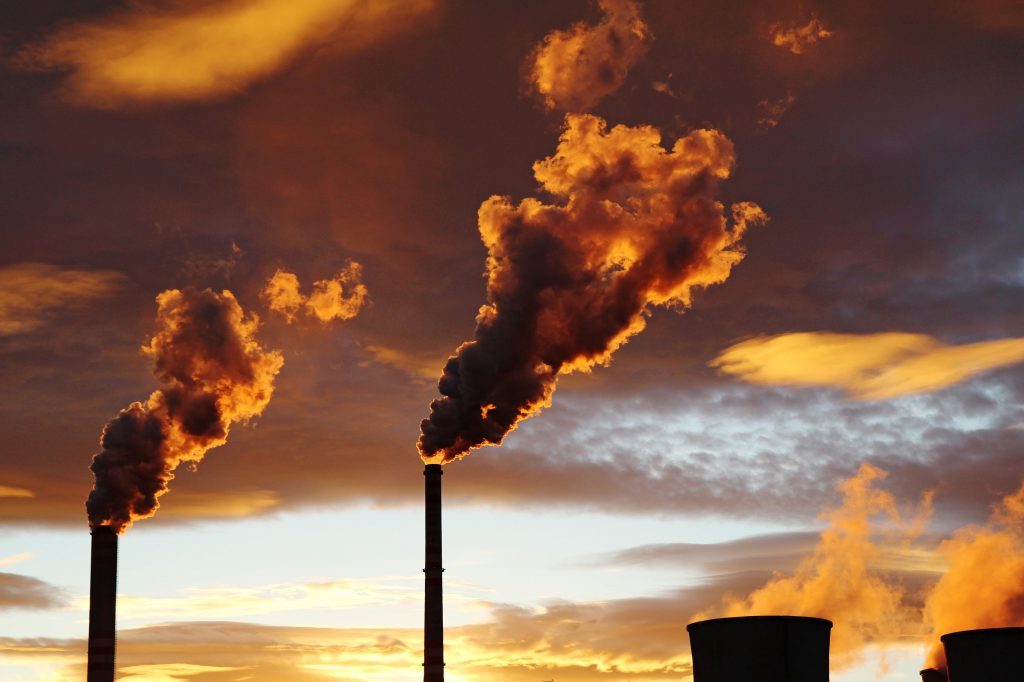
The reality is that the manufacturing releases greenhouse gases into the atmosphere. It (as with most manufactured products) is contributing to climate change. While toilet paper is biodegradable, it’s important to understand that any process of manufacturing will emit greenhouse gases. Trees also have to be cut down to make them.
The manufacturing is a shockingly wasteful process. There’s the old-growth forests that are cut down, the water wasted to clean and prepare the pulp, and the energy costs of manufacture and transportation. A variety of chemicals are also involved in the manufacturing process, contributing to negative environmental impact. Chlorine bleaches the pulp white and makes it feel softer. It also severely pollutes local water sources.
Top 4 Alternatives To Toilet Paper
1. Bidet Attachment
To many western societies, especially the U.S., bidets get a pretty bad rap but they’re really common in many eastern and European cultures. Plus, they’re actually far cleaner than the normal practice of wiping (and less wasteful). Modern technology has made them easy to attain. Just get a bidet attachment to upgrade your existing toilet, no extra porcelain necessary, and no extra electricity, either.
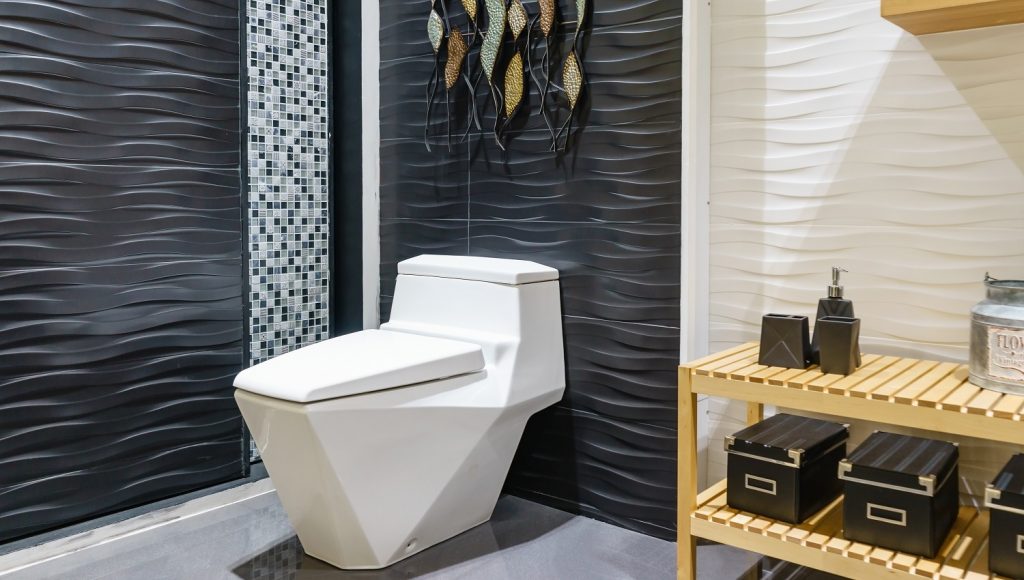
A bidet is a great way to keep clean and sanitary, without the need for waste (such as toilet paper). When you’re done using the toilet, a bidet directs a stream of water upward to clean your nether-regions. Once washed, you’re clean enough to use a small cloth or towel to dry off. Even if you opt to dry off with a bit of toilet paper, the amount of tissue you use will be greatly reduced.
2. 100% Recycled Toilet Paper
It’s the most similar to conventional toilet paper but is made from recycled paper – sometimes up to 100% recycled paper. They are therefore, at least, plastic-free and therefore not contributing to the huge plastic problem that has motivated the zero waste movement.
This is a super easy option because it feels just like your normal routine! No ick-factor involved. This means that no virgin trees were used to manufacture the toilet paper, which greatly minimizes the number of trees that are cut down each day to support our toilet paper flushing habits. Small changes can mean big impact. According to Dr. Greene, if every US household used just 1 roll of recycled toilet paper per year, we could save 423,900 trees.
3. The Family Cloth
You’ll place a bin or hang a set of clean cloths next to your toilet, and use one rag per potty, then toss it in a sealed, waterproof “wet bag”. When you start to run low on clean cloths, just toss the wet bag and its contents in the washing machine. If possible, wash on really hot to properly kill pathogens and disinfect!
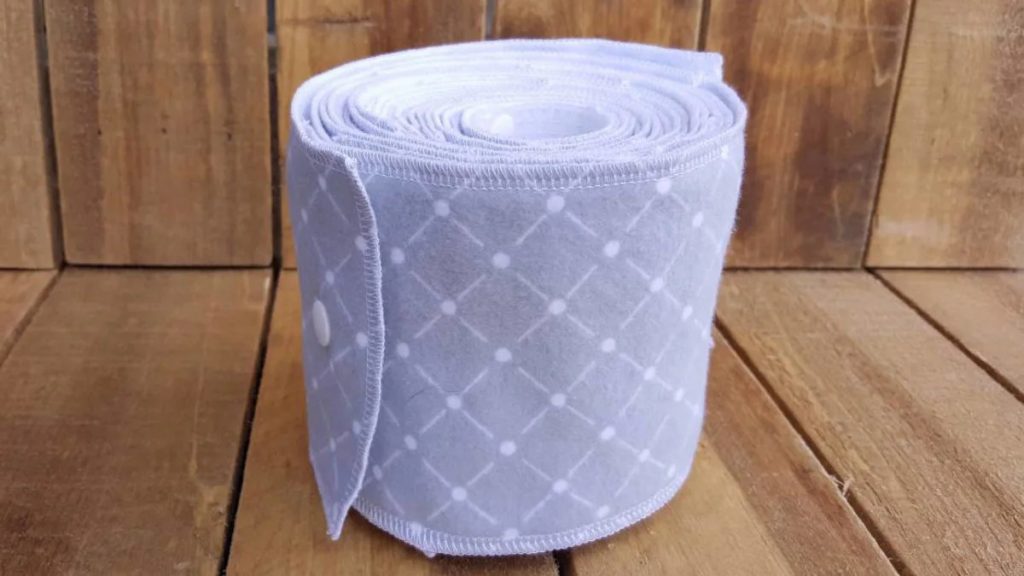
Any type of standard cotton squares made for cleaning or the cotton squares made for sewing projects, will work wonderfully as toilet paper. It is made from reusable cloths of any kind – from rags, old t-shirts, DIY fabric squares sewen together or purchased cloth wipes. Store the clean cloth wipes in a basket on top of your toilet. Dirty cloth wipes can be stored in a wet bag or even a covered trash bin until it’s time to launder them. When it’s time to wash them, be sure to pre-rinse any cloths that are extra soiled.
4. Tree Free Toilet Paper
Rather than slow-growing trees, tree free toilet paper is typically made of bamboo, which grow from start to maturity in only 3-4 months. It is a sustainable resource. Bamboo can actually be harvested without killing the core plant, which in turn reduces soil erosion. Bamboo also absorbs more carbon dioxide than other plants, which means you are reducing your carbon footprint when using bamboo or tree-free toilet paper. Bamboo toilet paper is ultra-soft, too.
.
.
There isn’t one right way to go zero waste with toilet paper. Find your boundaries and learn what works best for you!

